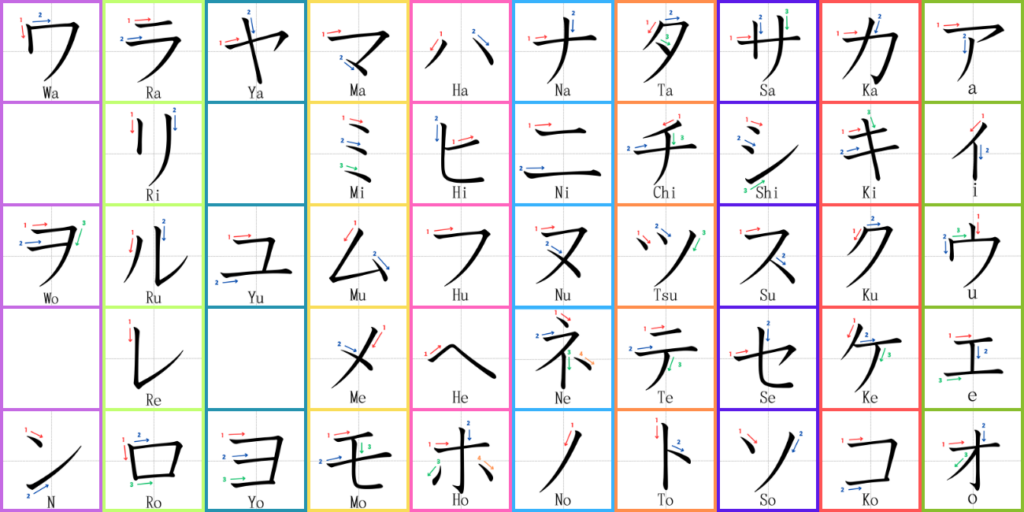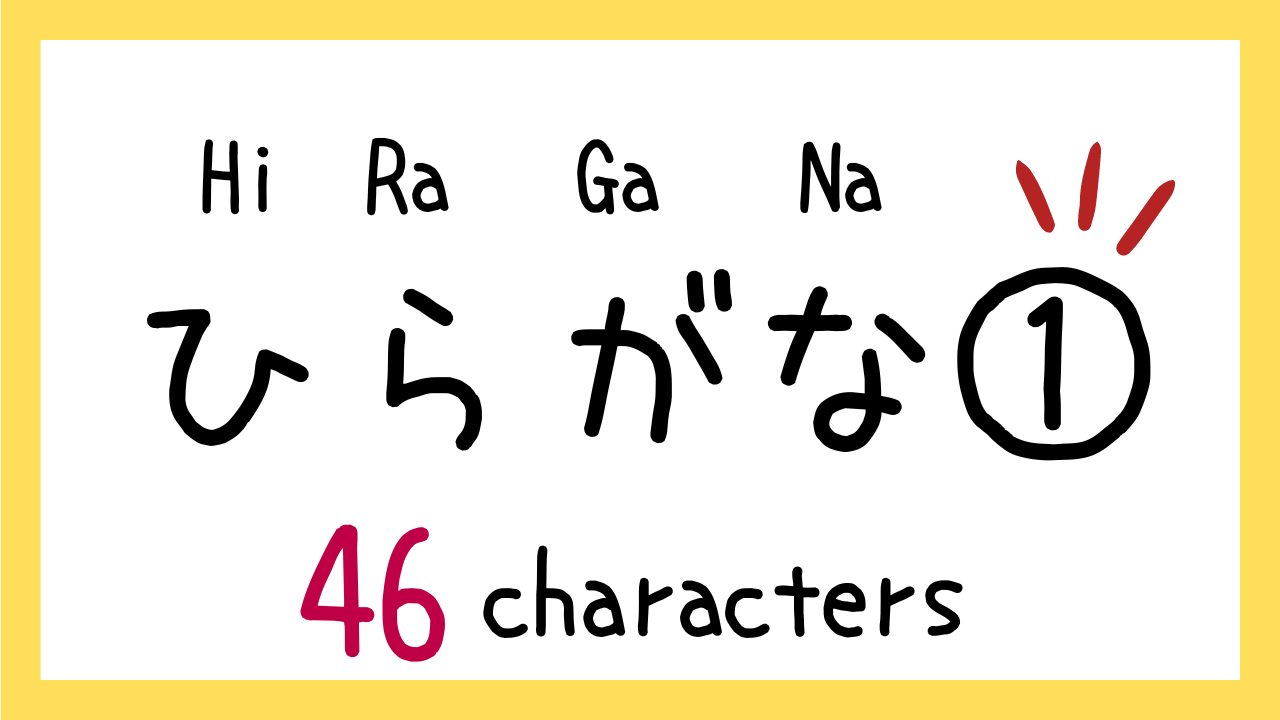
Katakana (カタカナ) is one of the three scripts used in the Japanese writing system, alongside hiragana and kanji. Like hiragana, katakana is a phonetic syllabary, meaning each character represents a syllable. However, katakana is primarily used for specific purposes, making it distinct from hiragana.
Contents
Key Points About Katakana
- Uses:
・Foreign Words and Names: Katakana is commonly used to write foreign words that have been adopted into Japanese, called "gairaigo." For example, "coffee" becomes コーヒー (kōhī), and "America" becomes アメリカ (Amerika).
・Onomatopoeia: It is also used for sound effects and onomatopoeic words, especially in manga and advertisements.
・Scientific Terms: Katakana is used for the names of animals, plants, minerals, and other technical or scientific terms, such as トラ (tora, "tiger") or イヌ (inu, "dog"). - Phonetic Structure: Like hiragana, katakana consists of 46 basic characters. These characters represent the same set of sounds as hiragana, but they are visually different:
・あ=ア, い=イ, う=ウ, え=エ, お=オ - Visual Appearance: Katakana characters tend to have a more angular, sharp, and simple appearance compared to the more flowing and curved hiragana. This distinct visual style makes katakana stand out in text.
- Learning Katakana: Just like hiragana, katakana is essential for learners of Japanese. Although it is often introduced after hiragana, learning katakana is crucial for reading menus, signs, and instructions, especially in contexts involving foreign words or names.
Katakana Table

ア行 a,i,u,e,o





カ行 ka,ki,ku,ke,ko





サ行 sa,shi,su,se,so





タ行 ta,chi,tsu,te,to





ナ行 na,ni,nu,ne,no





ハ行 ha,hi,hu,he,ho





マ行 ma,mi,mu,me,mo





ヤ行 ya,yu,yo



ラ行 ra,ri,ru,re,ro





ワ行 wa,wo,n



